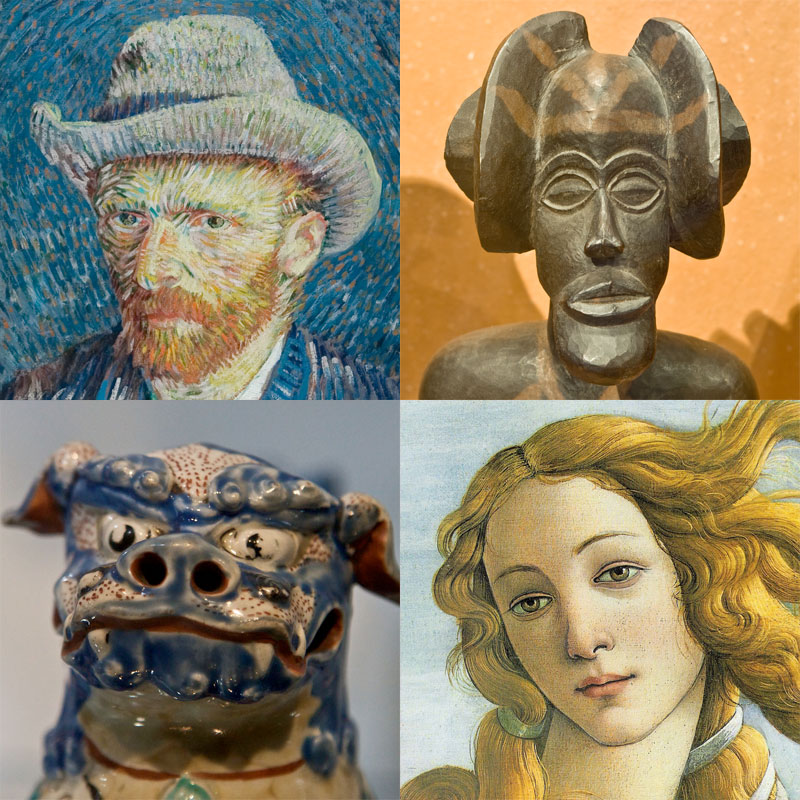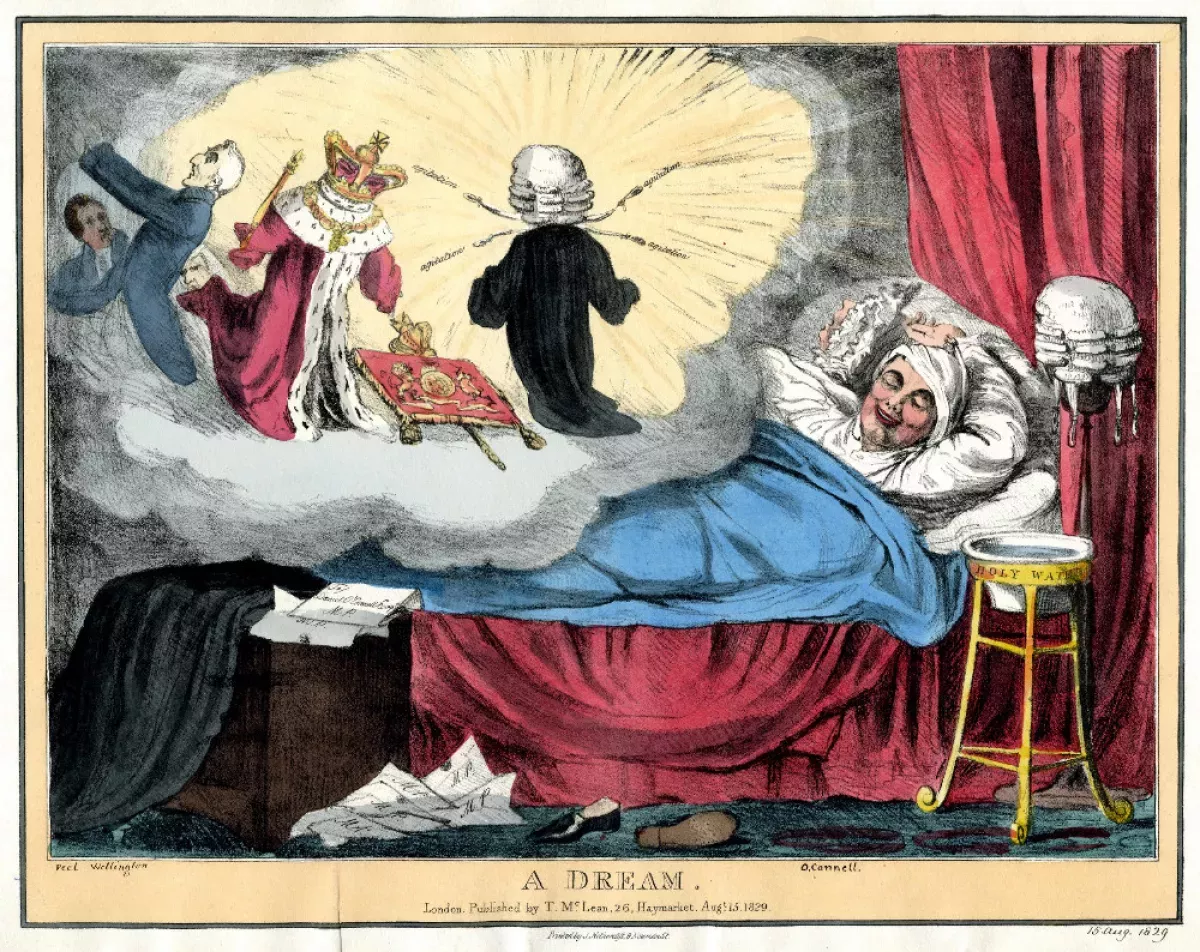Dreams are involuntary sequences of images, ideas, emotions, and sensations that typically occur during specific sleep stages. People dream for approximately two hours each night, with individual dreams lasting between 5 and 20 minutes. Dreamers may, however, experience them as considerably longer. The exact reason for dreaming is still largely a mystery, with several theories proposing various functions ranging from emotional regulation to memory processing.
1904: Early Influence of Dreams in Dali's Art
Starting around 1904, Salvador Dali, a renowned surrealist painter, began to draw inspiration from dreams in his artistic work.
1910: Rousseau's Artistic Depiction of Dreams
Henri Rousseau, a prominent painter, depicted dreams in his artwork around 1910.
1953: Discovery of REM Sleep and its Link to Dreams
A pivotal moment in dream research occurred in 1953 with the publication of a paper by Aserinsky and Kleitman, which identified REM sleep as a distinct sleep stage and connected it to dreaming.
1958: Chemical Isolation of Melatonin
Melatonin, a hormone linked to sleep and later discovered to influence dream vividness, was chemically isolated in 1958.
1966: Publication of "The Content Analysis of Dreams"
In 1966, Calvin S. Hall and Robert Van de Castle published "The Content Analysis of Dreams," introducing a coding system for dream analysis and revealing cross-cultural similarities in dream content.
1971: Dreams Coming True in "The Lathe of Heaven"
Published in 1971, "The Lathe of Heaven" explored the narrative device of dreams becoming reality in speculative fiction.
1973: Picasso's Dream-Inspired Art
Pablo Picasso, a highly influential artist, incorporated dream themes into his artistic creations up to 1973.
April 12, 1975: First Recorded Communication from a Lucid Dreamer
On April 12, 1975, psychologist Keith Hearne achieved a breakthrough by successfully recording a communication from a dreamer during a lucid dream.
1977: Activation-Synthesis Hypothesis of Dreaming
Hobson and McCarley proposed the activation-synthesis hypothesis in 1977, suggesting that dreams play a functional role in the learning process.
1983: Reverse Learning Theory of Dreaming
In 1983, Crick and Mitchison proposed the "reverse learning" theory, suggesting that dreams function as a cleaning-up operation in the mind, removing unnecessary information during sleep.
1984: Dreams in Speculative Fiction: Manipulation and Reality Blurring
The year 1984 saw the emergence of films like "Dreamscape" and the "Nightmare on Elm Street" series, exploring themes of dream manipulation and blurred boundaries between dreams and reality in speculative fiction.
1985: Release of Hall's Dream Reports
In 1985, Calvin S. Hall's extensive collection of dream reports, amassed over decades, was made publicly available by his protégé William Domhoff.
1989: Dali's Continued Exploration of Dreams in Art
Salvador Dali, the celebrated surrealist, persistently integrated dream imagery into his artistic endeavors until 1989.
1995: Hartmann's Quasi-Therapeutic Dream Function Proposal
In 1995, Hartmann proposed that dreams serve a "quasi-therapeutic" function, allowing individuals to process trauma in a safe environment.
2000: Solms's Paper on REM Sleep and Dream Phenomena
In 2000, Mark Solms published a paper demonstrating that REM sleep and dream phenomena are separable, challenging the previously established strong link between the two.
2000: Threat Simulation Hypothesis
Revonsuo introduced the threat simulation hypothesis in 2000, proposing that dreams evolved as a mechanism for practicing responses to threats for survival.
2010: Harvard Study on Dreams and Learning
A 2010 Harvard study provided experimental evidence supporting the correlation between dreams and improved learning.
2010: Dream Manipulation in "Inception"
The film "Inception," released in 2010, further explored the concept of dream manipulation within the realm of speculative fiction.
2015: Social Simulation Theory
Revonsuo proposed the social simulation theory in 2015, suggesting that dreams function as simulations for training social skills and bonds.
2021: Defensive Activation Theory
In 2021, Eagleman and Vaughn presented the defensive activation theory, positing that dreams serve to protect the brain's visual cortex from being taken over by other senses during sleep.
Mentioned in this timeline

Art encompasses a broad spectrum of cultural activities involving creative...
Trending

8 months ago Tim Hardaway Jr. aims to continue father's playoff success, reflecting on impressive NBA career.

7 months ago Trae Young Trolls Knicks Fans During NBA Playoffs: A Playful Jab.

3 months ago Jonas Brothers Return to Sacramento; Joe Jonas's In-N-Out Order; AJ Michalka on Joe

8 months ago Ric Flair Predicts Cena's Title Win, Cena Nears Flair's Record, WWE Recognition Explained.
The Lakers Suns rivalry is a long-standing NBA competition marked by intense playoff matchups Beginning in the Lakers dominated the...

Joel Embiid a Cameroonian-American professional basketball player for the Philadelphia ers is a dominant force in the NBA Drafted third...
Popular

Tucker Carlson is an American conservative political commentator known for...

Candace Owens is an American conservative political commentator and author...

XXXTentacion born Jahseh Dwayne Ricardo Onfroy was a controversial yet...

Ben Shapiro is a prominent American conservative political commentator media...

William Franklin Graham III commonly known as Franklin Graham is...

John F Kennedy JFK was the th U S President...
